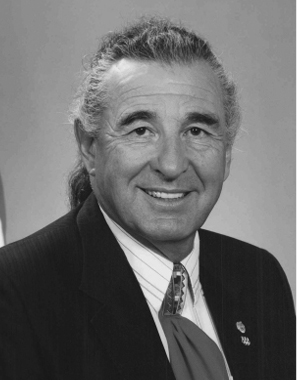A True Story of Betrayal, Redemption, and an Undercover Quest to Recover Sacred Native American Artifacts
An imprint of Rowman & Littlefield
Distributed by NATIONAL BOOK NETWORK
Copyright 2014 by Lucinda Delaney Schroeder
All rights reserved. No part of this book may be reproduced or transmitted in any form by any means, electronic or mechanical, including photocopying and recording, or by any information storage and retrieval system, except as may be expressly permitted in writing from the publisher.
British Library Cataloguing-in-Publication Information available
Library of Congress Cataloging-in-Publication Data available
ISBN 978-0-7627-9633-5 (hardcover)
eISBN 978-1-4930-1544-3 (eBook)
 The paper used in this publication meets the minimum requirements of American National Standard for Information SciencesPermanence of Paper for Printed Library Materials, ANSI/NISO Z39.48-1992.
The paper used in this publication meets the minimum requirements of American National Standard for Information SciencesPermanence of Paper for Printed Library Materials, ANSI/NISO Z39.48-1992.
In memory of National Park Service special agent Susan Morton (05/14/5203/18/10), whose dedication to the preservation of Native American culture was a gift to all
While pursuing monsters, be wary of not becoming the monster you wish to slay.
Wisdom of Monster Slayer,
an ancient Navajo deity
Contents
Foreword
During my tenure in the United States Congress, I supported the passage of a federal law titled The Native American Graves Protection and Repatriation Act (NAGPRA). The purpose of NAGPRA is to address the rights of lineal descendants of Native American tribes to their sacred items, objects of cultural patrimony, and human remains.
During the 1970s the FBI and the National Park Service developed evidence that Native American artifacts of cultural significance were being commercially exploited. Collectors and museum curators from the United States and all over the world had created a lucrative market for items of cultural significance to Native Americans. The trafficking of these items resulted in tribes being robbed of many of their precious artifacts, used in ceremonies that served to enrich the spiritual lives of Native Americans. Sadly, such thefts contributed to the abandonment of a number of ceremonial rites that had been conducted for centuries.
Plunder of the Ancients is a true account of how an undercover sting operation was conducted by three federal agencies to enforce the provisions of NAGPRA. During this investigation criminals were caught working underground trafficking in nearly one million dollars worth of Native American artifacts. Readers will become acutely aware of the detrimental spiritual impact on Native American tribes, but will also rejoice in the repatriation of artifacts critical to expressing their ancient and sacred spiritual beliefs.
Ben Nighthorse Campbell
Ben Nighthorse Campbell represented Colorados 3rd District in the US House of Representatives from 1987 to 1993 and served the state as a US senator from 1993 to 2005. He is currently a member of the Council of Chiefs for the Northern Cheyenne Tribe.
Introduction
This book is a true account of an undercover investigation in which I was the lead investigator while I was a special agent for the US Fish and Wildlife Service, Division of Law Enforcement. Most of the names of the people that were involved have been changed (indicated by an asterisk). Their names are of no importance, but the exploitation of Native American spirituality is.
The defendants in this case, out of their purported love for Native American culture, spent decades trying to eradicate a spiritual lineage that had buoyed the massive migration of a human race into North America dating back thousands of years. Motivated by pure greed, these men stole, bought, and sold sacred artifacts that are still used to bring life and meaning to Native Americans in the American Southwest. With the spiritual lives of the Indian people at stake, the investigation I had embarked upon had much to lose and had to be won.
Like many complex undercover investigations, Operation Monster Slayer was fraught with challenges. None was worse, however, than the operations betrayal by two federal agents, both of whom I regarded as beyond reproach. Even as my personal safety was seriously compromised, I fought to win justice for the Indian people, although it did not come about as anyone expected.
Throughout this investigation I was given privileged and unprecedented access to Native American spiritual and ceremonial items. Out of respect to Native Americans I have described only those artifacts for which I was given permission by the respective tribal spiritual leaders. In one example, however, I have described a corn mother that is widely described in Southwestern anthropological literature. I would like to acknowledge and thank the hataalii , shamans, and priests who crossed cultural boundaries to work with me to ensure that their sacred objects were returned to them in a respectful manner.
Finally, I had no idea that in the process of repatriating sacred artifacts to the Navajos, the Hopis, the Zunis, and the Pueblo Indians I would find a deeper meaning to my own inner being. With supreme gentleness, I would rise to find a place more peaceful than Id ever imagined.
Chapter One
September 1994. Richard Crow,* a trader of antique Indian goods such as nineteenth-century beaded moccasins and beaded vests, nearly blew the clutch out of his Jeep Cherokee as he sped along the washboard roads inside the Navajo reservation. Driving from Carefree, Arizona, he wasnt late for anything, but he still drove like a man running from the law. And in a way he was. If a Navajo spotted a bilagana stranger visiting the recent widow of a well-known heart healer the Navajos called a hataalii , they would have every reason to suspect that the stranger was up to no good. He was determined to get to his destination. He knew that time was of the essence.
* Names indicated by an asterisk have been changed.
Finally the Cherokee slid to a stop at a hogan in an isolated area where the land was dotted with prickly pear cactus and mesquite that cast a feeble shade in the desert sun. Heat waves shimmered off the tires of the bloodred Jeep as the trader followed a dusty trail to the hogan, the traditional eight-sided wooden structure that was still home to many Navajos. On this day the widowa whisper of a woman who took up less room than her own shadowsat quietly in the doorway. Beneath her were several lambs-wool Navajo rugs woven by her own hands. The faint scent of sheep still drifted in the air. Every morning at the break of dawn the widows late husband had stood within that east-facing doorway and offered a morning chant to welcome the coming day.

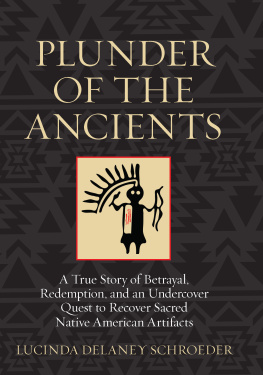


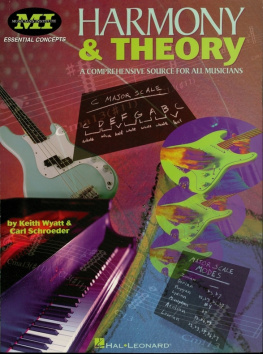



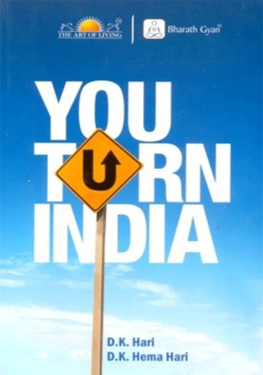
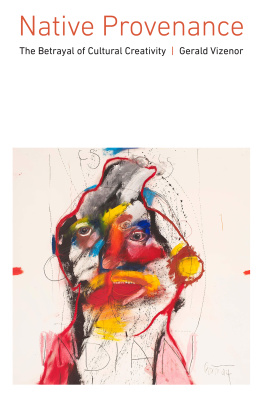
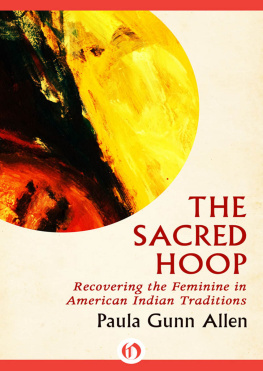







 The paper used in this publication meets the minimum requirements of American National Standard for Information SciencesPermanence of Paper for Printed Library Materials, ANSI/NISO Z39.48-1992.
The paper used in this publication meets the minimum requirements of American National Standard for Information SciencesPermanence of Paper for Printed Library Materials, ANSI/NISO Z39.48-1992.